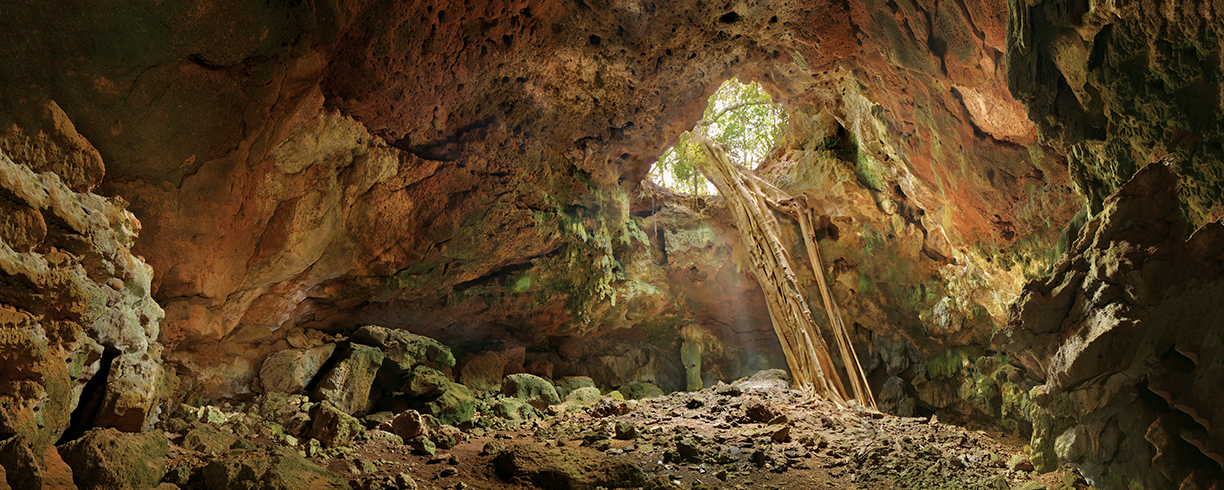
Bruce T. Martin uses photographs as words to create a vivid story about the culture and history of Mayan caves and cenotes of the Yucatan and more.
Photography by Bruce T. Martin
“In 1975, my father gave me a Pentad Spotomatic 35 mm camera, that I still have today,” says Bruce T. Martin, an American Fine Arts photographer. Even early on Martin didn’t pursue other careers or jobs outside of photography. Initially, his interest in cameras and capturing moments sparked when he was studying abroad in Europe 1976 and he’s been studying the art form ever since. Now, Martin explains that he takes a literary approach to his photography. “Images combine like words do in a sentence to tell a story,” he says. “My motivation is to use photography to document our world, explore our perceptions and question our viewpoints. ”
Martin grew up in Chautauqua County in western New York where he studied at Newhouse School of Communications at Syracuse University. His connection to photography continued to grow even building a darkroom in his parent’s basement and later began apprenticing for Irving Penn in New York City. “That experience opened my thinking to a whole new world of possibilities,” says Martin. Although the young photographer already had an affinity to landscape photography, his job at the Chautauqua County Office of Planning and Development led to a deep appreciation for architectural structures. One responsibility of Martin’s new job was to “contact the owners of interesting and important architectural structures in the community to secure permission to photograph their homes and buildings.”
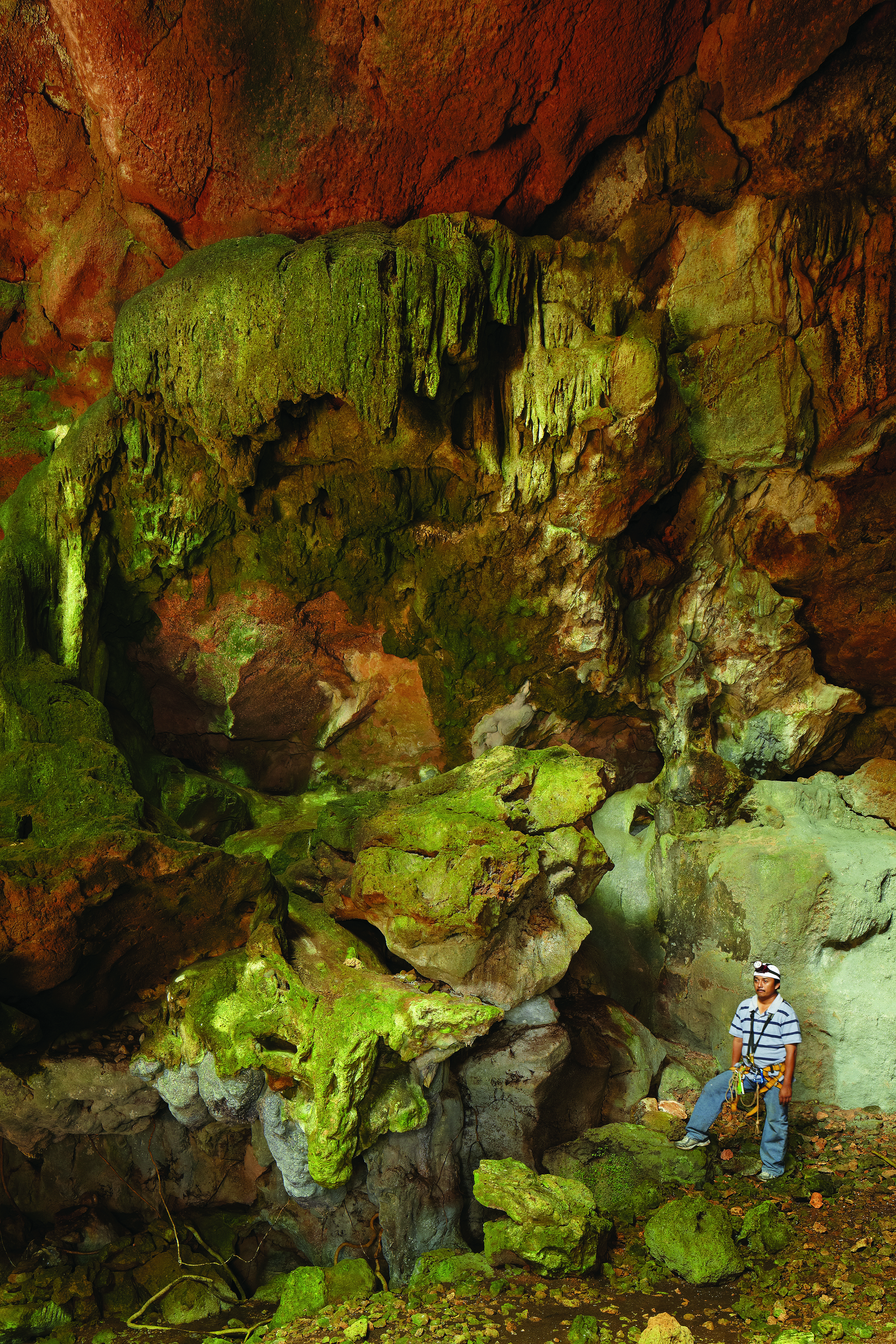
Gruata Milenio, Yucatán 2012
In terms of style, the photographer has “tried to combine the excellence of many photographers such as the technical mastery of Ansel Adams, the unique viewpoints of Andres Kertesz and the eloquence of Irving Penn, to name a few,” says Martin. However, from a technical point of view, Martin describes his approach as direct. “Positioning my camera in a place where I believe will reveal what I feel is most important to the image … then waiting for or creating the lighting that best reveals the detail and color to express the emotion and purpose of the image.”
As an artist, Martin is always working on a number of projects such as a larger portfolio of Boston cityscape and architecture. A series called “Fragment Landscape” is also in the works and involves overlapping images gathered in the White Mountains of New Hampshire. However, there has been one persisting project that Martin has been expanding on since 1987.
“I have been working on a project on the Maya of Central America, using historical documents, academic research, and current events in conjunction with my photography and recordings from the field,” according to Martin. The first phase of the project resulted in the book and exhibit, “Look Close See Far, A Cultural Portrait of Maya”, and has now progressed into the next component. “Seeking Sacred Landscapes, Maya Caves and Cenotes of the Yucatan”. Martin describes the project as, “beautiful, mysterious, and compelling.”
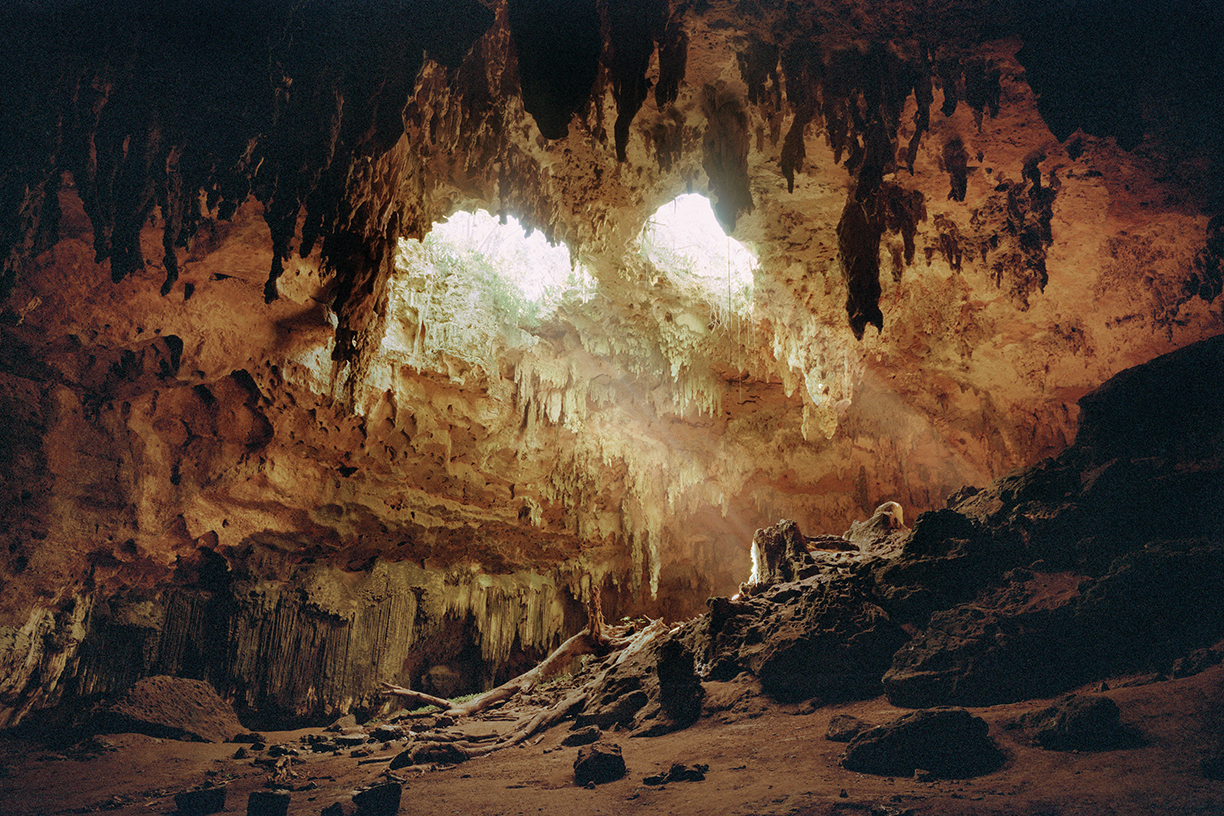
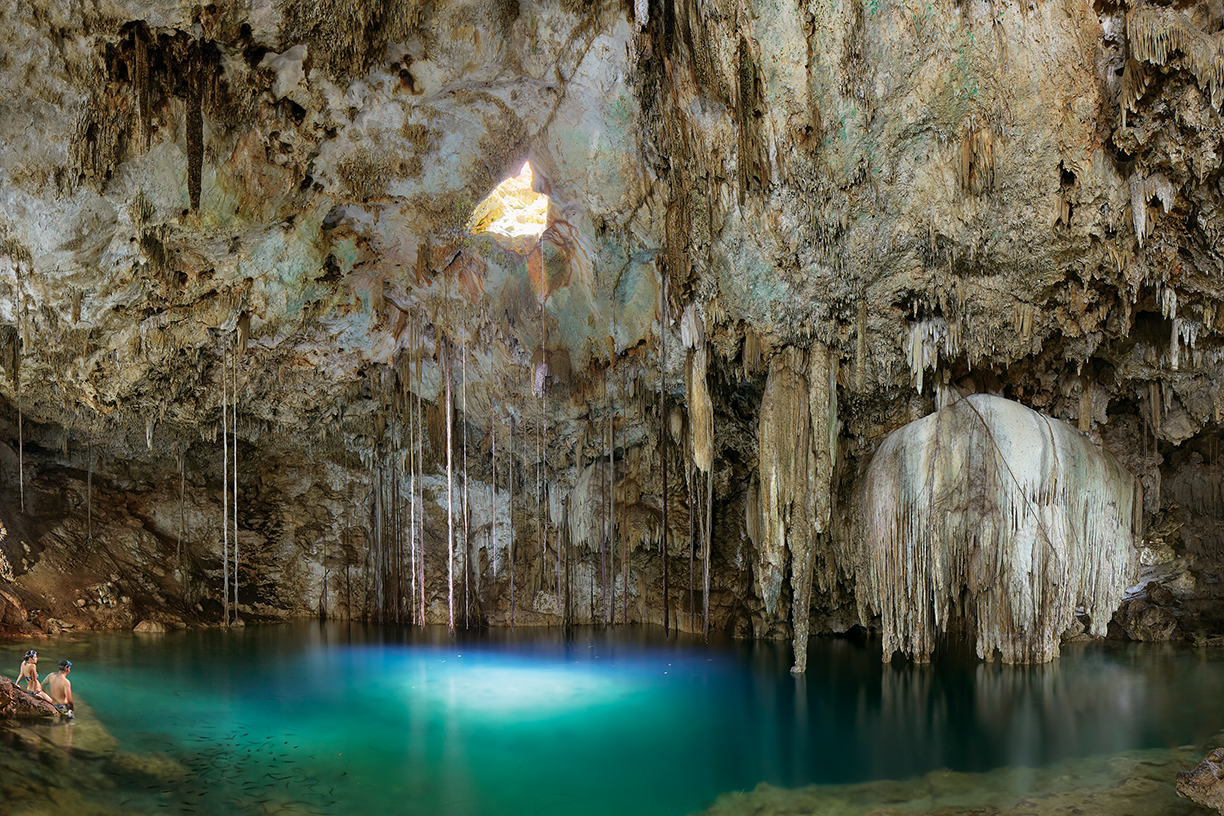
The series “Seeking Sacred Landscapes” is a combination of images of the Yucatan’s caves and cenotes with archeological, historical, and environmental essays by established authorities, according to the experienced photographer. Martin’s images compel you to look closer at the detail that has formed over the years within nature.
It’s hard to imagine what being in those types of caves would be like, but Martin describes it as a time full of anticipation. “Knowing that I will experience and learn something new each time fills my mind as I begin the descent into these underground chambers.” This experience has been building over the years. When the project first began Martin became interested in many of the Mayan’s core mythology concepts, which later led to his deeper understanding of the culture. “Harmony in life is a daily struggle. With the rapid development of recent years, many contrasting and violent viewpoints have been introduced, so that the Maya and their environment are being overwhelmed,” says Martin. “Surviving these disruptive influences and maintaining their cultural dignity is the challenge for an uncertain future that the Maya now face.”
The series “Seeking Sacred Landscapes” is a combination of images of the Yucatan’s caves and cenotes with archeological, historical, and environmental essays by established authorities, according to the experienced photographer. Martin’s images compel you to look closer at the detail that has formed over the years within nature.
It’s hard to imagine what being in those types of caves would be like, but Martin describes it as a time full of anticipation. “Knowing that I will experience and learn something new each time fills my mind as I begin the descent into these underground chambers.” This experience has been building over the years. When the project first began Martin became interested in many of the Mayan’s core mythology concepts, which later led to his deeper understanding of the culture. “Harmony in life is a daily struggle. With the rapid development of recent years, many contrasting and violent viewpoints have been introduced, so that the Maya and their environment are being overwhelmed,” says Martin. “Surviving these disruptive influences and maintaining their cultural dignity is the challenge for an uncertain future that the Maya now face.”
Through images that help to shape and tell a story, Martin is hoping that the series “Seeking Sacred Landscapes” will attract some attention to these struggles. “With a greater awareness of their issues, a more productive dialogue on the Maya and their land can begin, which will promote cultural diversity, protect their environment and respect for their fading traditions.”
Each part of Martin’s experience pushes him further and enhances his ability as an artist. A journey from architectural to landscape photography has proved there is more than what originally meets the eye, which can be seen in the details of his photos. According to Martin, “Each of these naturally-occurring, organic caverns and cenotes are unique yet similar architectural spaces that overwhelm your perceptions and preconceived notions of the world we live in.”
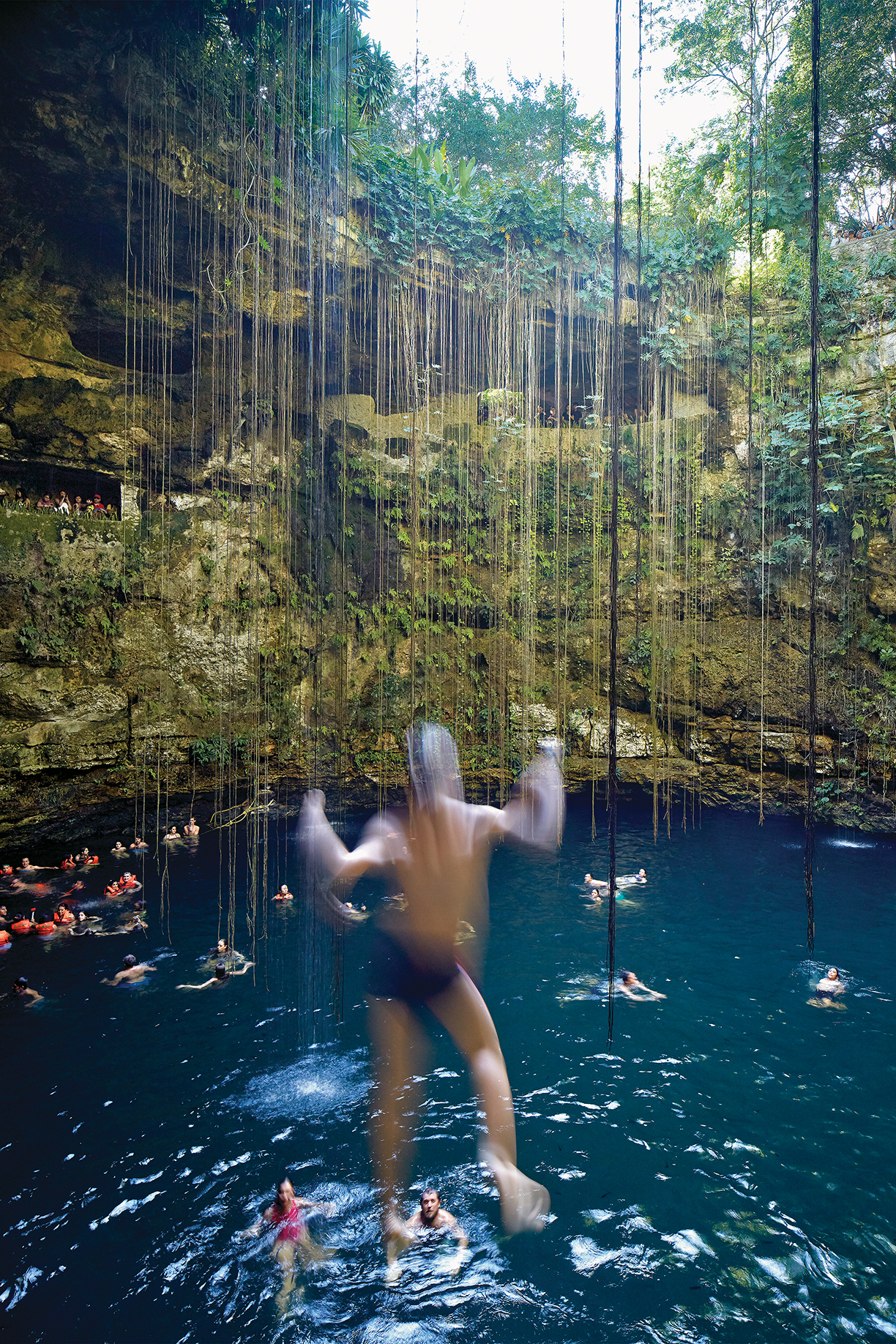
Cenote Ik kil, Yucatán, 2016.
For similiar content, try these articles, Embrace the Charm of Mexico City, Aman Resorts International to Debut First Destination in Mexico in 2020, Adventure Photographer seeking Ultimate Storytellers, Travel Designers.
This editorial originally appeared in The High End Spring 2019.



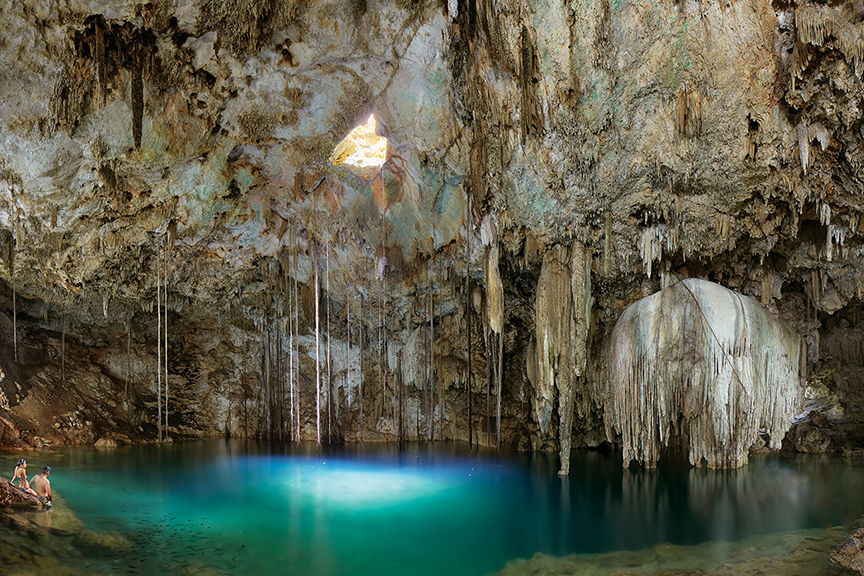
Leave a Reply